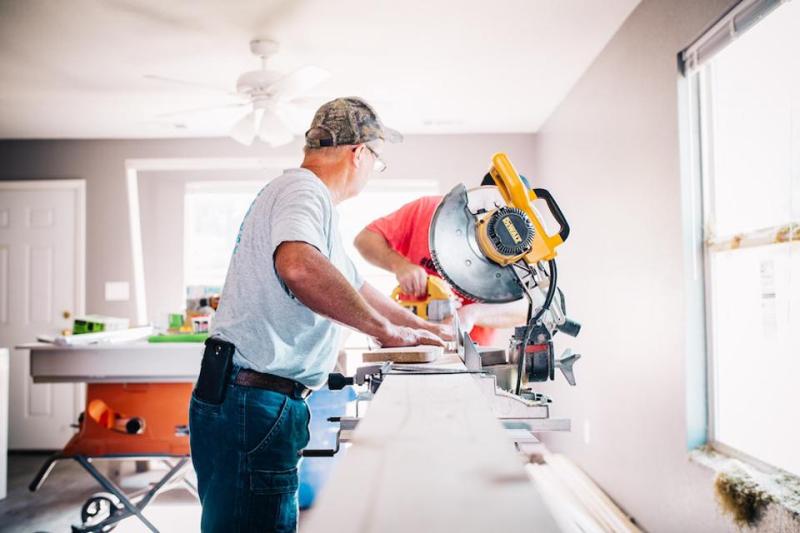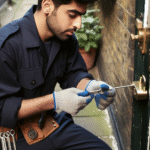If you are even remotely into do-it-yourself home improvements, you likely know that there are some tools that really must be inside every DIYer’s toolbox, provided that they are serious about getting things done. However, when it comes to saw blades and the saws themselves, that is where people tend to differ a bit in their opinions regarding what qualifies as essential, and what does not.
Experts point out that nobody is wrong here since we are discussing DIY enthusiasts and not professional contractors. What does and does not qualify as an essential saw/saw blade entirely depends on the kind of home improvement project you are about to undertake, or what type of projects you are usually comfortable in tackling. With that perspective in focus, are going to go through the three necessary saws which all DIY enthusiasts should own, although which ones they will need for a project should, of course, be determined by the project’s needs.
The Hognose Saw

The hognose saw is actually better known as the reciprocating saw, but the tool’s resemblance to a hog’s nose has earned it the popular and widely used nickname. There are multiple variants of the hognose, which vary in terms of power, size, and usage. Choose something that fits your project’s needs, but do not go for bigger, more powerful industrial reciprocating saws, as they are not meant to be used for home improvement and are a better fit for home demolition.
Irrespective of differences in size, power, type or use case, though, all reciprocating saws cut into surfaces based on the principle of oscillatory back and forth movements. In DIY home improvement projects, they are useful for:
- Careful cutting and disassembling of covered nailed drywall.
- Cutting through metal sheets, wood boards, fence posts, etc.
The Miter Saw
Whether you are a professional or a hobbyist, the miter saw is a must-have tool for woodwork that allows us to make those perfect crosscuts, bevels (single and double compound miter saws only), and mitered joints. In order to produce fine work, properly setting up the miter saw is extremely important. You will need:
- A worktable specifically designed for a miter saw
- Adequate infeed and outfeed support
- A reliable backstop, aka the fence
The quality of the blades used in any saw is always going to be important, but due to the fine work that miter saws do, it is of the utmost importance that you only choose high-quality blades for each project. This is a long best miter saw blades post from Go Home Tools that we recommend checking out in all its intricate details, before buying any new circular saw blades.
The Portable Circular Saw

Finally, we have the rotary motor-powered circular saw (portable), which is preferred by most regular users over traditional hognoses (where applicable) because they do not produce nearly as much vibration as oscillating saws. If you make sure that you have the right collection of blades and bits, the rotary saw will become the most versatile saw in your toolbox.
In case you are wondering, we left out the table saw because people can be more accurate with their finishing cuts using a miter saw. Table saws are also infamous for kickbacks, which can be very dangerous. It is true that table saws can handle a more varied range of tasks than miter saws, but the circular saw is a much cheaper and safer option for that.






